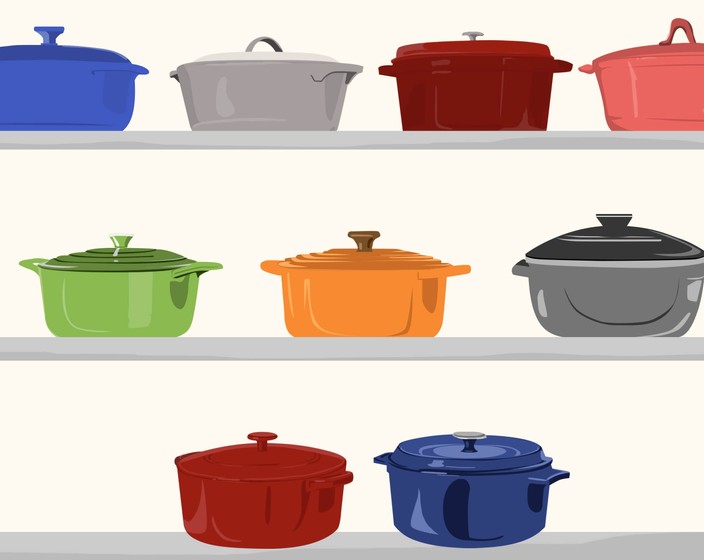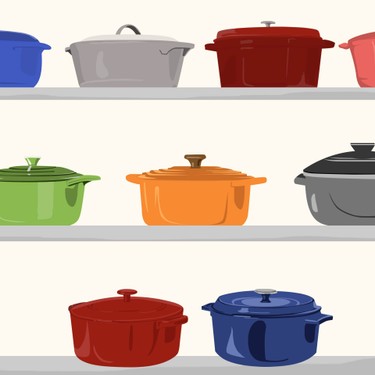How to Care for Your Dutch Oven




As we slowly slip into fall and welcome cooler temperatures, I for one, cannot wait to break back out my favorite cooking tool - my dutch oven! It's been the longest standing (and biggest spend) on any one item in my kitchen, and for good reason. It's a tool that can be used on the stove top and in the oven. If you, like so many others got into bread making during quarantine, you may have picked one of these bad boys up. You'll be pleased to know this cooking device is also great for braises, stews, soups, and many one-pot meals. There are two main types of dutch ovens: enameled and cast iron, both are usually made of cast iron but one is coated in a layer of enamel. Below, you'll find some information on how to care for your dutch oven, whichever kind you have.
If you have a cast-iron dutch oven, don't forget to season it like you would a cast iron skillet. As you continue to season it over the years, you will find this builds a non-stick surface that helps make it easier to clean! To clean, our best advice is to only use soap when absolutely necessary. For everyday cooking, simply use a spatula to get rid of stuck-on food pieces, and then wipe the pan clean with a cloth. Pro-tip: if you think you need soap, try salt first! Paired with hot water it can be a helpful cleaning agent. Remember to never soak a cast iron dutch oven, as this can lead to rust.
If by chance you have an enamel dutch oven (like me!) warm, soapy water and a nylon brush is one of the best methods for cleaning. Just make sure you allow the pot to cool first - this can help prevent thermal shock which could damage the enamel. When cooking, be sure to use wooden utensils to protect the enamel.
If you stick to the basics above, your dutch oven should stretch a very long, happy tenure in your kitchen.
Bread, Braises, Stews - oh my! The possibilities are limitless when it comes to dutch ovens, but see below for some of our favorite recipes to use them for.